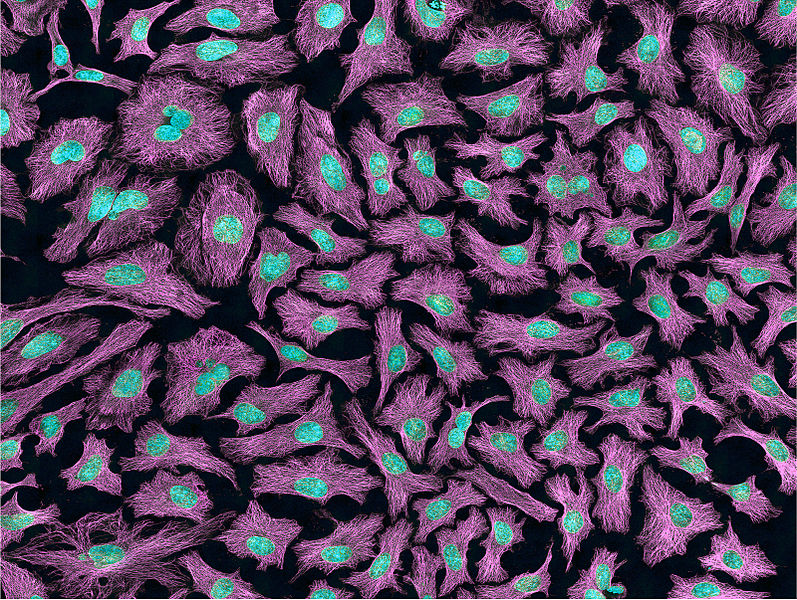In 1962, President John F. Kennedy stood in front of 35,000 people at the Rice University football stadium and vowed to put an American on the moon by the end of the decade. We must go to the moon, he said, “not because [it is] easy, but because [it is] hard, because that goal will serve to organize and measure the best of our energies and skills, because that challenge is one that we are willing to accept, one we are unwilling to postpone and one which we intend to win.”
Seven years later, he was posthumously proven prescient. Neil Armstrong’s small step handed the U.S. a victory in the Space Race and culminated Kennedy’s moonshot. It certainly didn’t come easy; death and disaster followed every step of the way. But to again quote JFK, we simply had to go to the moon — to “climb the highest mountain,” because “its conquest deserves the best of all mankind.”
There’s a new highest mountain, and the U.S. government is undertaking a new moonshot. It’s not Mars — this time, it’s local. The target is cancer: Vice President Joe Biden’s “cancer moonshot” is the umbrella term for a program looking for a leap forward in cancer research and patient care. It’s a lot less tangible than landing a man on the moon, but ultimately, it’s more important.
Of course, the Kennedy moonshot was quite different from the cancer moonshot. Cancer is not one disease. It’s hundreds of diseases, each with their own underlying biochemistry and pathophysiology. Landing a man on the moon required engineering advances, but not a new paradigm — Newton’s laws had been well understood for hundreds of years. In cancer research, though, we’re constrained by what we simply don’t know about the science of cancer and its treatment. We need both knowledge and tools, and they’re unlikely to come from the same sector.
That’s why all the cancer moonshot eggs aren’t in one basket. Instead, they’re a wide-ranging series of initiatives. Recruiting private sector investment into R&D is one. Prevention strategies such as increasing HPV vaccination rates and decreasing the incidence of smoking are keys. Maybe most importantly, access to care is a focal point — the moonshot is focused on increasing the accessibility of screenings, clinical trials and treatments for disadvantaged population groups.
In some form or another, nearly everyone understands the impact that cancer has. Every population group gets it. Unequivocally, it sucks. The goal of the moonshot isn’t really to “cure” cancer. Instead, it’s to accelerate advances in all the discrete aspects of cancer — R&D, patient care, epidemiology, prevention — which has the potential to knock one of the leading causes of death down a few pegs.
Perhaps one could call that a giant leap for mankind.
Jack Siglin is a senior physiology and neurobiology major. He can be reached at jsiglindbk@gmail.com.



